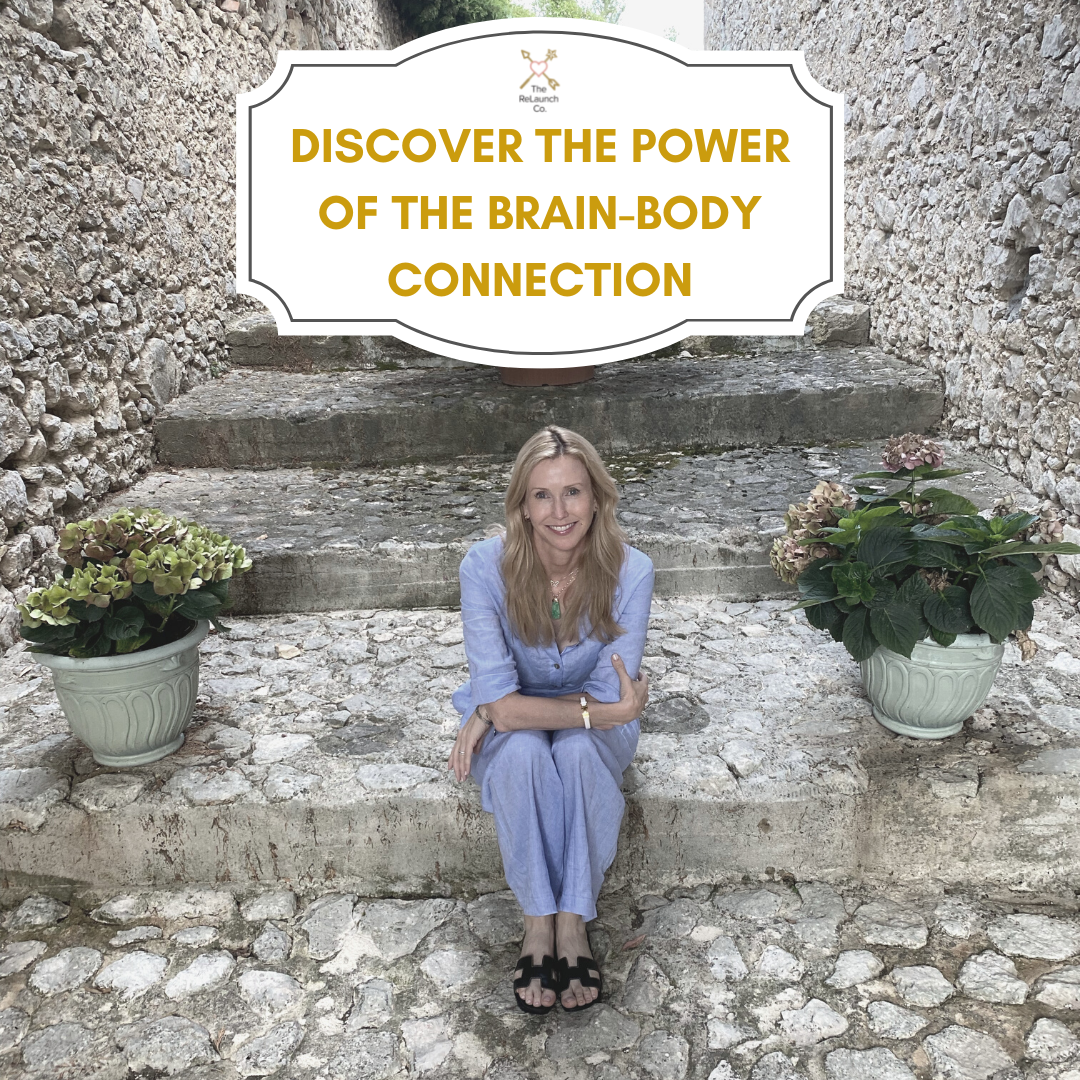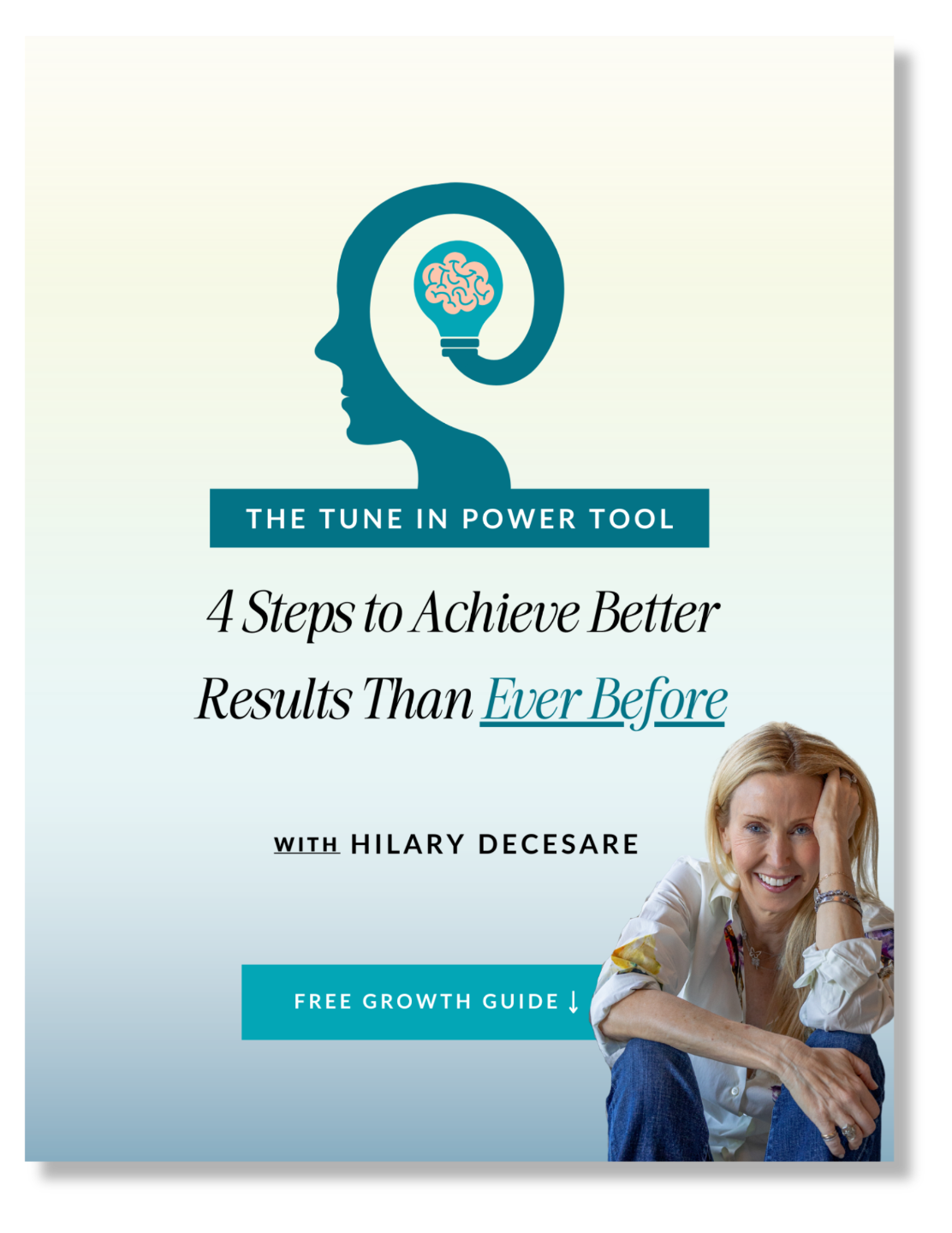
Discover the Power of the Brain-Body Connection

How has trauma impacted your well-being?
Trauma specialist and mental health professional Britt Frank helps others identify and heal from trauma. She believes there are two things we should all know:
- Trauma isn’t just the big stuff
For some of us, a distinct incident leaves a lasting mark on our mind and body. Physical assault, natural disasters, and systemic oppression are some examples. For others, it looks a little different: an untreated childhood fear, a bad breakup, or a lie our culture tells us – one we buy into and beat ourselves up over.
Regardless of your experiences, you’ve suffered from trauma in some form.
- Trauma is an injury
If you break a leg, you’ll most likely head straight to the hospital to get a cast. The cast will help the bone to heal correctly. When you treat trauma like an injury, you can take the time to feel it and then heal it.
Britt compares trauma to brain indigestion. The food we eat has the capacity to help us or to harm us (double cheeseburger, I’m looking at you). Like the wrong food choice, trauma is anything that overwhelms your brain’s ability to process in a healthy way.
- Trauma can impact your physical health
Trauma left unhealed can show up as migraines, digestive issues, chronic pain, and more. That’s because the brain and body connect. Understanding this connection can help you lead a stronger, healthier life.
So how do you heal from trauma? With the right environment and the right resources, you can process trauma in a healthy way. Britt has 4 key steps to get started:
- Don’t compare your trauma to others
If you haven’t had a tragedy or other catastrophic event in your life that doesn’t mean your trauma won’t impact your well-being. And even if you have, you are sure to experience more at varying degrees.
To avoid the comparison trap, Britt suggests replacing your BUTS with ANDS. For example, instead of saying “I’m struggling with this feeling, BUT it’s not as bad as it could be,” try saying “I have a pretty great life, and I also have places where I feel pain.”
- Adjust your self-talk
Spend some time exploring how you talk to yourself. Identify negative statements that shame and replace them with more positive statements that uplift.
One way to do so is to talk to yourself the way you would to someone you care about: a child you love or your best friend. Be kind to yourself and your body will respond accordingly.
- Pay attention to your body
The brain-body connection is powerful, and one way to explore it is to pay attention to what does and doesn’t make you feel safe. When you are content, your body tells you so by feeling calm and relaxed. When you’re nervous or upset, you get very different signals.
Untreated trauma will continue to surface until it’s dealt with. Take note of what your body is saying and give it the time and energy to heal.
- Validate your feelings
Don’t discount your feelings, no matter how outlandish. For example, after a trying day you may feel the urge to curl up with a bad movie and eat an entire box of donuts. It’s not healthy to do so, but there’s a reason your body wants to.
Instead of giving in, explore the feeling behind the desire and work on the root of why you want make a poor choice. With practice, you’ll be able to better understand your feelings, own them, and move forward in a healthy way.


Leave a Reply